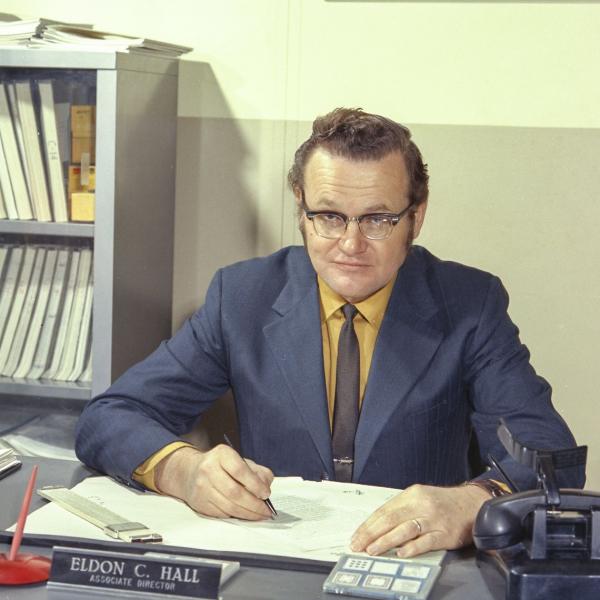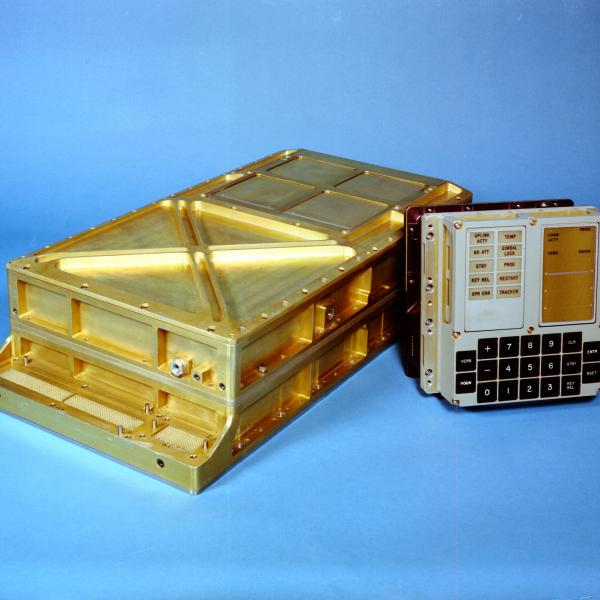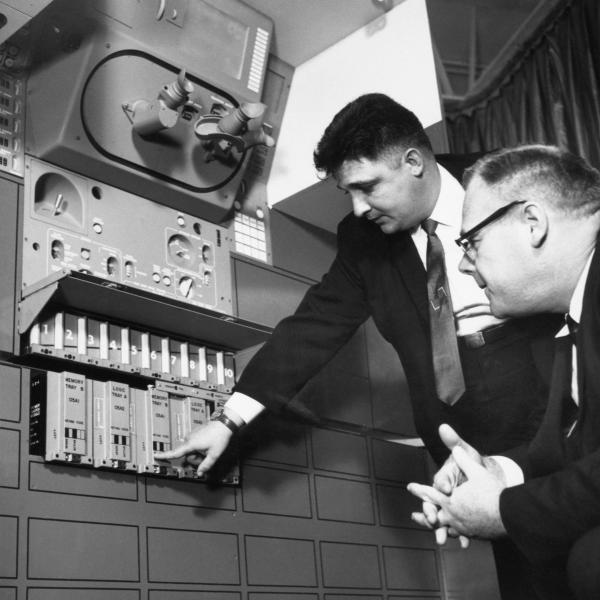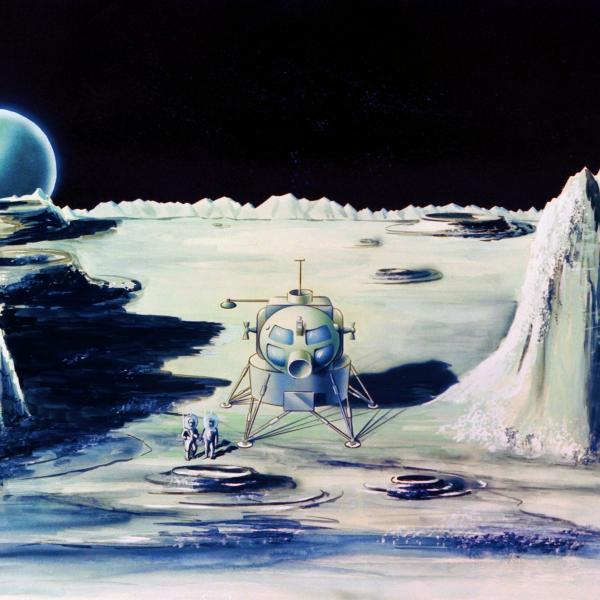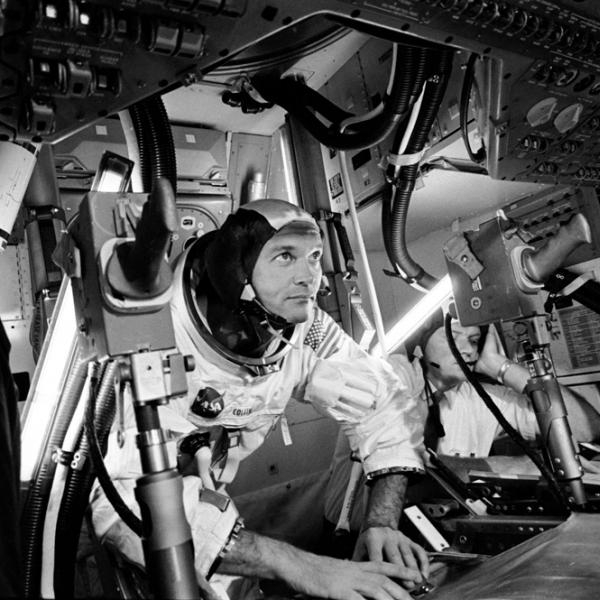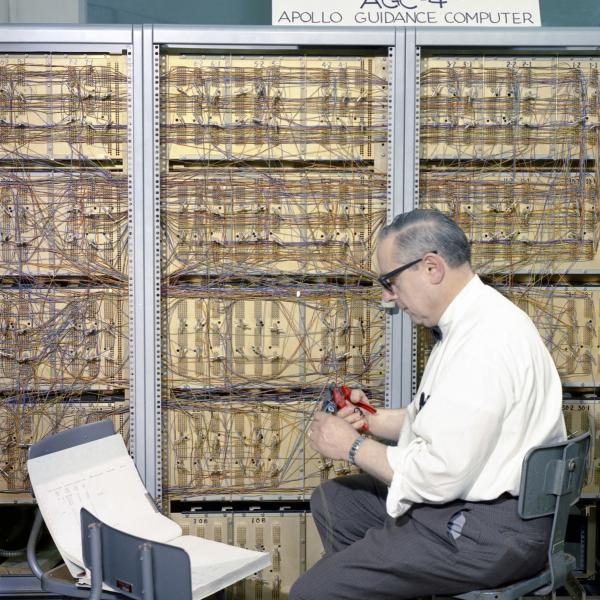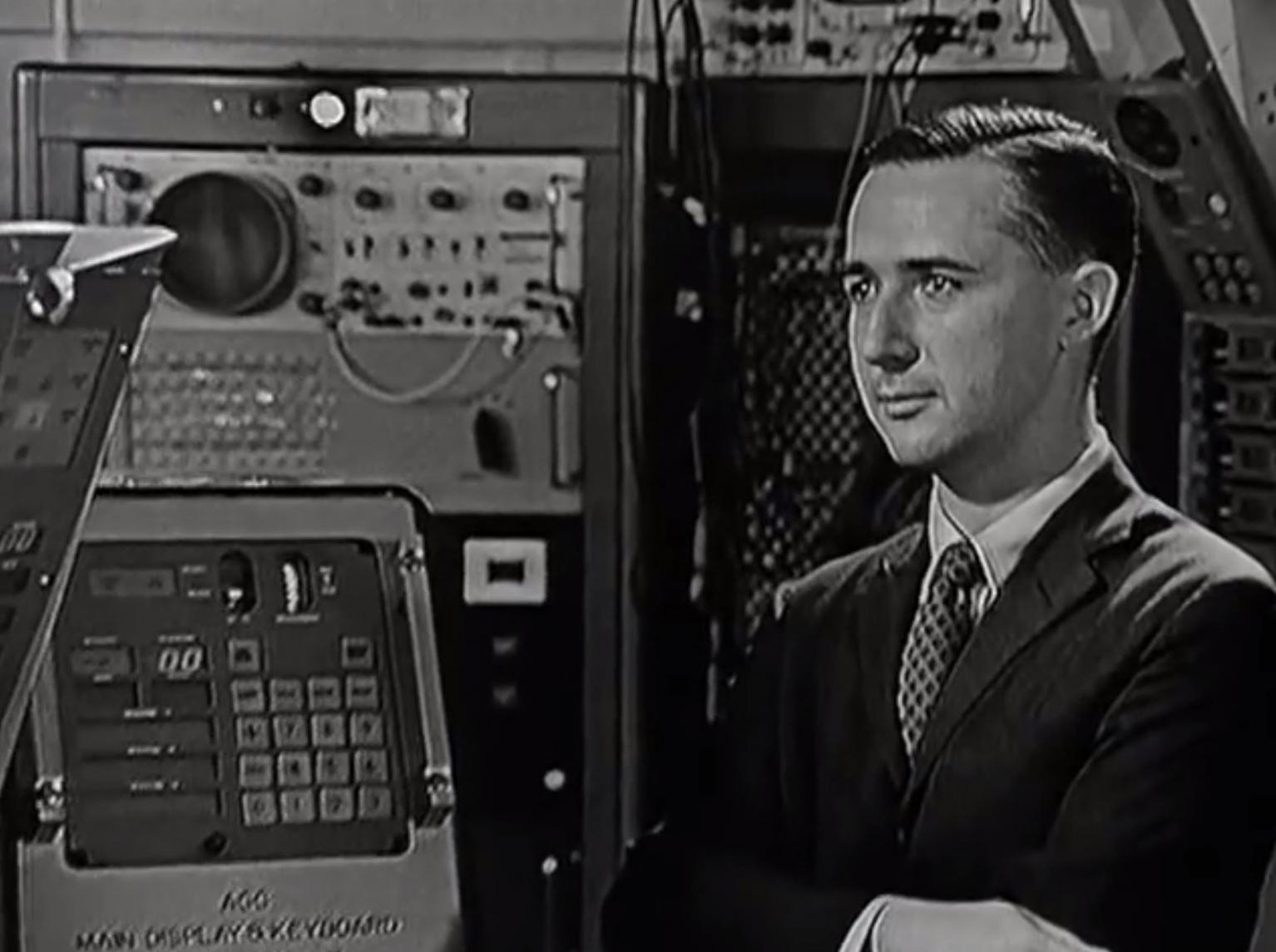
Ramon Alonso's Moon Mission Grammar
In the early 1960s computer engineering was in its infancy. Ramon Alonso—one of the engineers behind the Apollo Guidance Computer—graduated from Harvard with a PhD in Applied Mathematics. At the time it was a completely new field and thanks to the Space Race, people who were good at math were in high demand. Alonso joined the MIT Instrumentation Lab, later known as Draper, to help them design a probe that could fly to Mars autonomously, an impossible challenge at the time. In the 1960s, early computers took up an entire room, wall-to-wall, for a fraction of the computing power that we have in our cell phones. So you can imagine how hard Alonso’s job was.
However, the Mars Probe project was replaced by the Apollo program when Draper won the contract to work with NASA to develop the critical guidance and navigation computer for the moon missions. Alonso transferred to the Apollo project where he applied the Mars probe designs he had worked on previously. Alonso recalls how limited space and weight would be on the Apollo spacecraft. They were given "just about a cubic foot,” and they were told to, “fill it with computers.” At the time, it seemed virtually impossible, but Alonso and his team invested in integrated circuits, a brand new technology, which cut down on the amount of physical space in the computer and added in non-erasable rope memory to store the flight programs. One cubic foot of space and a ton of ingenuity became the Apollo Guidance Computer (AGC).
Once the AGC was built, the computer would require an interface between it and the human astronaut. Alonso and his team worked on one of the first computer keyboards, dubbed the "Display Keyboard" or DSKY. Alonso, born in Argentina and the son of a linguist, learned English as a second language. That experience inspired him to use a verb-noun format to communicate with the computer. Using the DSKY was like having a conversation with the AGC using tiny grammatical sentences, but the DSKY was never meant to see the light of day. It was a just a prototype to try and demonstrate the type of interface they would need for the Apollo missions.
“The big wigs would come up and say oh you know well you can't leave it like that,” Alonso said, “It's not serious enough. It's not military enough, it's not scientific enough, and astronauts wouldn't understand.” But the astronauts thought the DSKY was easy to use with its simple design and large buttons. They waited for other groups to build a better interface, but, as time went on, Alonso said that “it became clear that there were no good alternatives to our DSKY design, and what we had became what would fly.” The DSKY became the sole interface for the Apollo Guidance Computer and Ramon Alonso’s contributions ultimately led to putting the first man on the moon.
